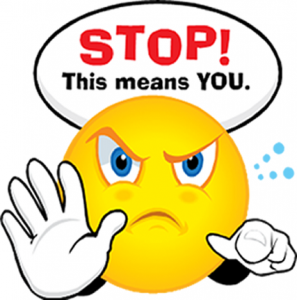The Automatic Stay

Activities stayed:
The Bankruptcy Code describes eight types of activities that are subject to the automatic stay:
- the commencement or continuation of legal or administrative proceedings against the debtor;
- the enforcement against the debtor or against the debtor’s property of a judgment obtained before the bankruptcy filing, such as a money judgment or a judgment in mortgage foreclosure;
- any act to obtain possession of the debtor’s property, such as a sheriff’ sale or tax sale, ejectment or eviction;
- any act to create a lien after the bankruptcy filing or enforce a lien created after the bankruptcy filing against the Debtor’s property;
- any act to create or enforce a lien that secures a claim that arose before the bankruptcy filing;
- any act to collect a claim that arose before the bankruptcy filing;
- any setoff of any debt owing to the debtor that arose before the bankruptcy filing against any claim against the debtor; and
- The commencement or continuation of a proceeding before the U.S. Tax court for a liability of a debtor that is a corporation or concerning the tax liability of a debtor who is an individual for a tax period ending before the date of the bankruptcy filing.
Continuance of stay and Relief from stay:
The stay of an act against the property of the debtor continues until the property is no longer the property of the bankrupt estate.
Subject to some exception, the stay of any other act continues until the earlier of the closure of the case or the dismissal of the case. If the case is a Ch 7 case concerning an individual or a case under chapter 9,11,12 or 13, the stay continues until discharge. The Bankruptcy Code limits the application of the stay in the case of repeat filers.
The court may grant relief from the stay for cause including lack of adequate protection, such as insufficient equity to protect the creditor in the case of a continued default and additional expense incurred for collection proceedings, or where the property is not necessary to allow the debtor to reorganize.
Violations of stay and damages:
The Debtor is entitled to recover actual damages and in some instances, punitive damages for a willful violation of the stay. A willful violation occurs if three requirements are meet:
- A violation of the stay occurred;
- The creditor had knowledge or notice of the bankruptcy case;
- The violation caused actual damages.
In determining whether to award punitive damages, the court looks to such factors as the nature of the violators conduct, its ability to pay, motives, any provocation by the debtor. It is not necessary that the debtor show that the violator intended to deprive the debtor of a Federally recognized right.
Gurdin Law | Attorney C. Stephen Gurdin Jr.
The counties that comprise Northeastern Pennsylvania are Bradford County, Carbon County, Lackawanna County, Luzerne County, Lycoming County, Monroe County, Pike County, Schuylkill County, Snyder County, Sullivan County, Susquehanna County, Tioga County, Union County, Wayne County and Wyoming County. Northumberland County, Montour County, Columbia County, Lehigh County, Northampton County, and Centre County, Pennsylvania may also be considered part of Northeastern Pennsylvania.
